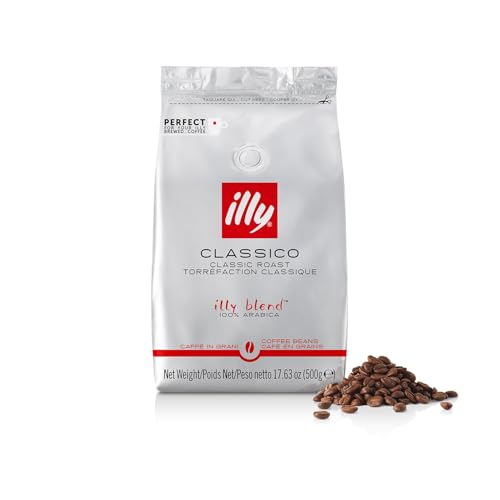With coffee beans, altitude is not just an agricultural note it’s a determining factor that impacts flavor in your cup. The higher the altitude, the more complex the flavor. But why does altitude have such an impact?
High-Altitude Coffee: Bright, Complex, and Flavorful
Beans grown at greater altitudes (over 1,200 meters) mature slower because of cooler temperatures. Slower maturation provides:
Denser beans
Greater sugar development
Stronger acidity and fruitiness
Typical profile: Bright acidity, floral and citrus flavors, clean finish
Best for: Pour-over, Chemex, Aeropress
Low-Altitude Coffee: Mild, Nutty, and Smooth
Lower altitudes (below 1,000 meters) yield quicker-growing coffee with:
Less density
Softer flavor
Lower acidity
Typical profile: Earthy, nutty, chocolaty flavors
Best for: Espresso, French press, milk-based drinks
Regional Examples
Ethiopia & Kenya (High Altitude): Bright, fruity, tea-like
Brazil & Sumatra (Lower Altitude): Rich, smooth, low-acid
What This Means for Home Baristas
When choosing beans:
Choose high-altitude if you prefer light roasts and clarity of taste
Choose low-altitude if you prefer body and chocolate richness
Experimenting with both can reveal your taste preference.
Suggested Equipment
This topic is well-suited to curated content such as:
“Best High-Altitude Coffees for Light Roast Fans”
“Low-Altitude Beans That Shine in Espresso Machines”
Both can drive users to beans that align with their brewing method perfect for affiliate integration.













[…] it comes to brewing great coffee at home, most people think of grind size, water temperature, and brew time. But have you ever […]
[…] is everything when it comes to brewing great coffee. Whether you’re pulling a shot of espresso or executing a pour-over, time and weight work […]
[…] decent storage isn’t just a good thing to have it’s a must-have. Whether you’re a weekend coffee warrior or a home barista who obsesses over grind size and bloom time, a good storage container is […]
[…] you’ve ever brewed a cup of coffee that tasted flat or stale, the culprit might not be your brewing method it could be how you’re […]
[…] people think great coffee comes down to beans and grind. While those are crucial, there’s another factor that’s often […]